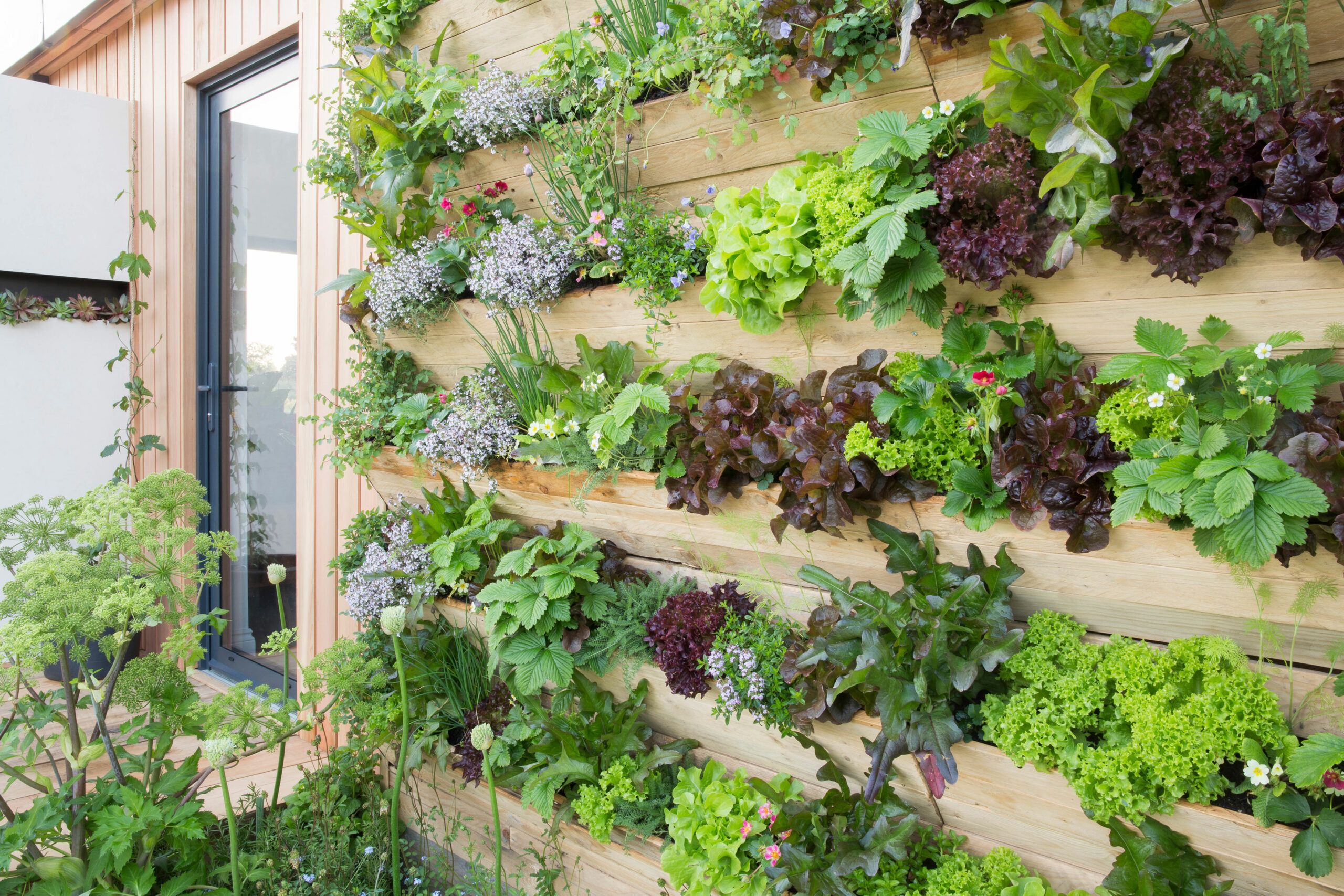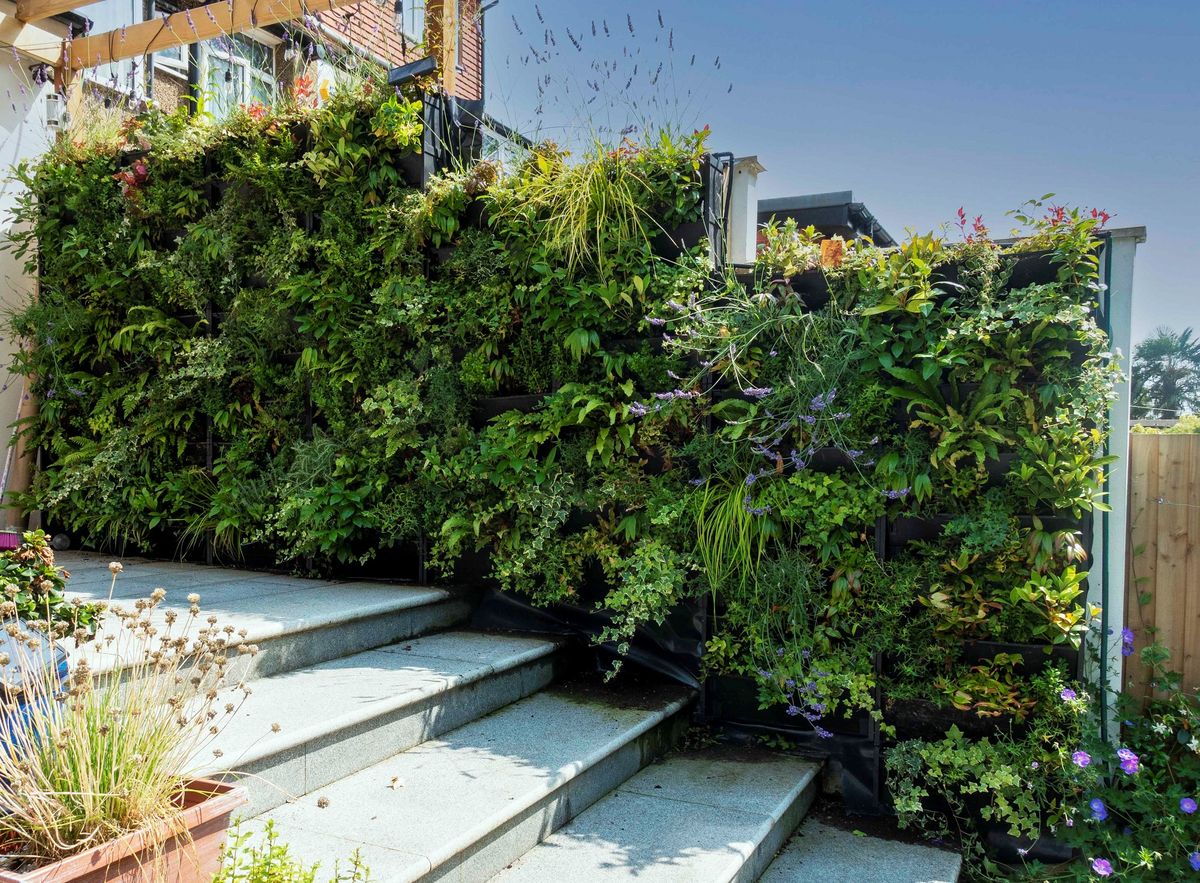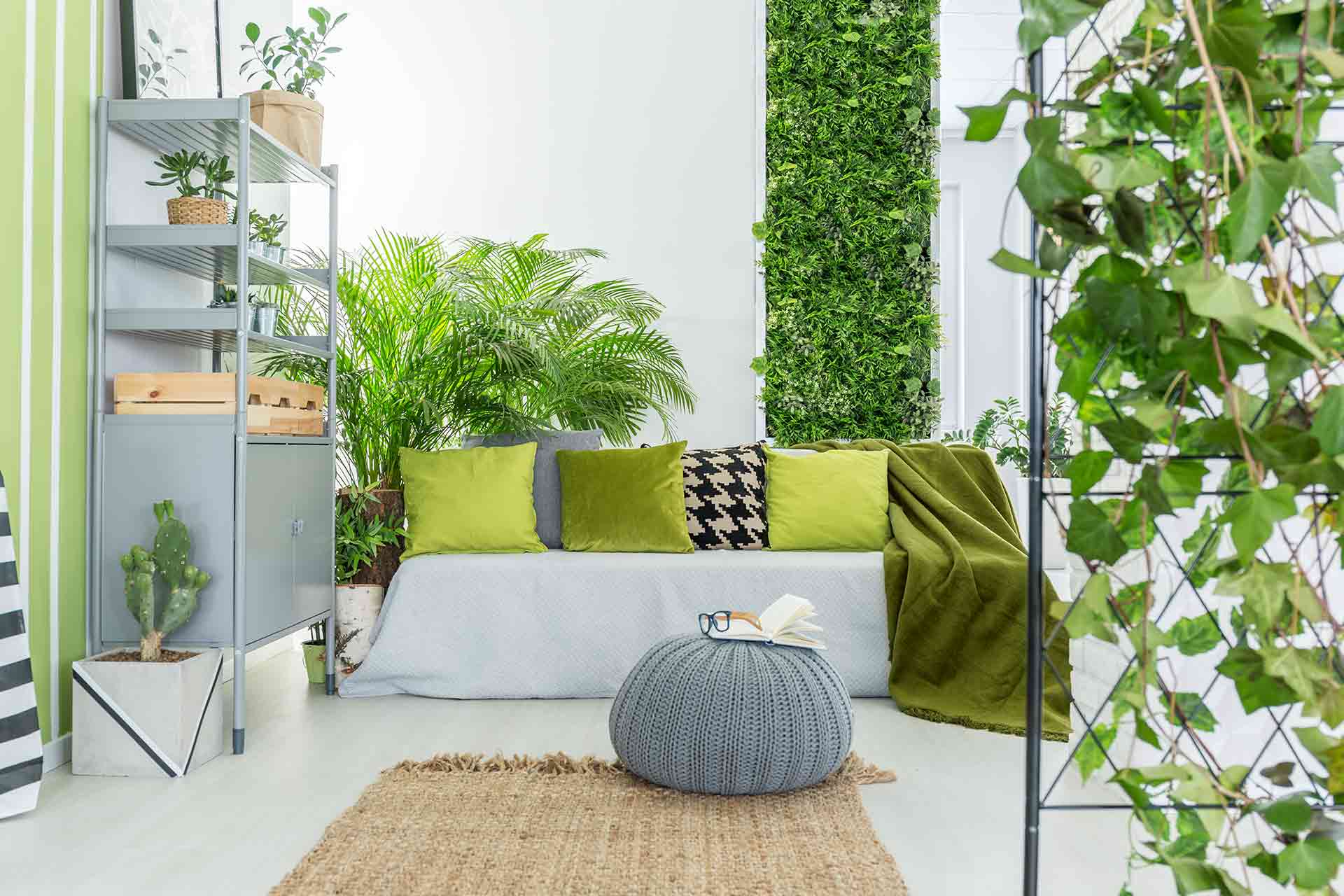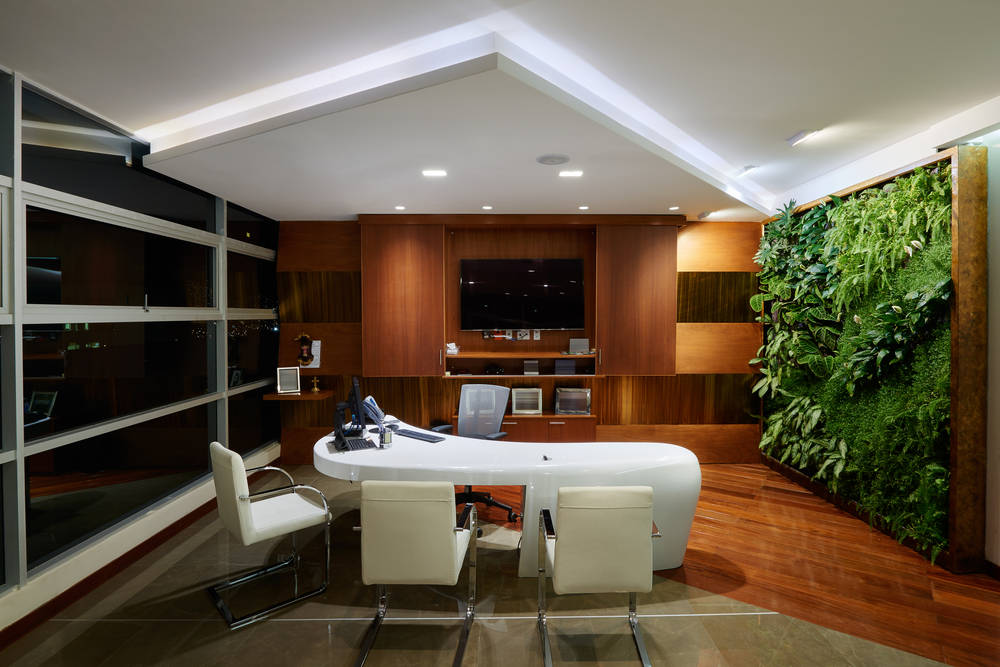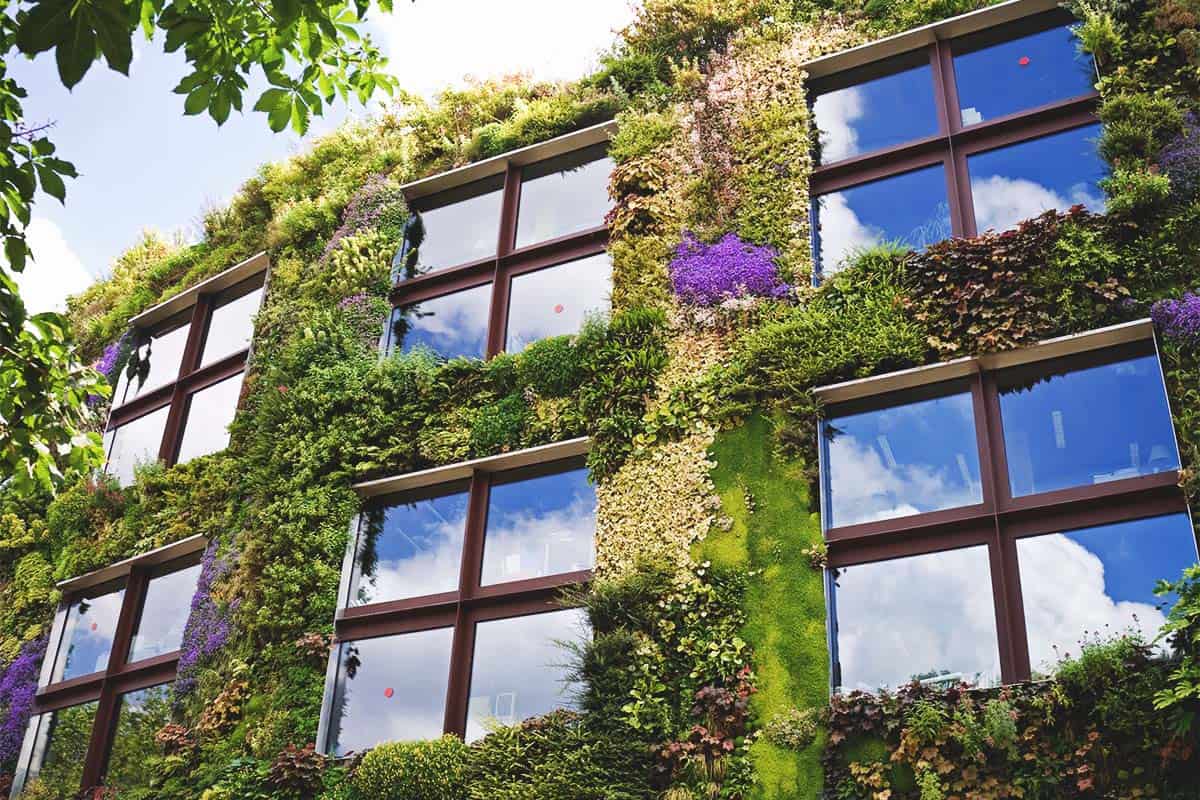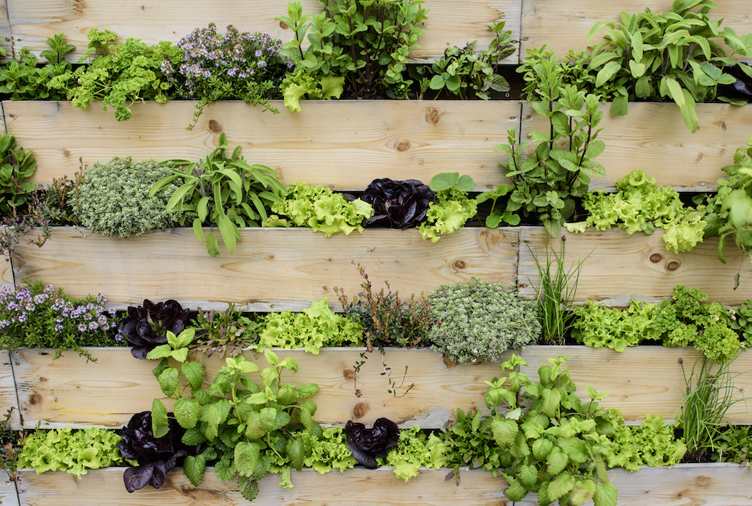Unlocking the Benefits of Living Walls
Living walls, also known as green walls or vertical gardens, are a unique and innovative way to bring life to your walls. By incorporating plants into your wall design, you can create a stunning and functional feature that not only purifies the air but also adds aesthetic appeal to your space. Whether you’re looking to enhance your home, office, or public space, a living wall can be a valuable addition.
One of the primary benefits of living walls is their ability to purify the air. By incorporating plants into your wall design, you can remove pollutants and toxins from the air, creating a healthier environment for occupants. Additionally, living walls can help to reduce stress and improve mental well-being, making them an ideal feature for offices and public spaces. From a design perspective, living walls can add a touch of elegance and sophistication to any room, making them a popular choice for homeowners and architects alike.
When it comes to constructing a living wall, there are several factors to consider. The type of plants you choose, the wall structure, and the irrigation system all play a crucial role in the success of your living wall. By selecting plants that thrive in vertical conditions and incorporating a reliable irrigation system, you can create a living wall that requires minimal maintenance and upkeep. In order to construct a living wall that flourishes, it’s essential to understand the components of a living wall system and how they work together to support plant growth.
Choosing the Right Plants for Your Living Wall
Selecting the right plants for your living wall is crucial to its success. Plants that thrive in vertical conditions are essential for creating a lush and vibrant display. Succulents, ferns, and flowering plants are popular choices for living walls due to their ability to adapt to vertical growth. Succulents, such as aloe and echeveria, are ideal for low-maintenance living walls, while ferns and flowering plants add a touch of elegance and sophistication.
When choosing plants for your living wall, it’s essential to consider your climate, lighting, and maintenance preferences. If you live in a hot and dry climate, choose plants that are drought-tolerant and require minimal watering. If you have limited natural light, select plants that thrive in low-light conditions. Additionally, consider the level of maintenance you are willing to commit to, as some plants require more frequent watering and pruning than others.
Some popular plants for living walls include:
- Succulents: aloe, echeveria, crassula
- Ferns: maidenhair, autumn, and rabbit’s foot
- Flowering plants: begonias, geraniums, and petunias
By selecting the right plants for your living wall, you can create a stunning and thriving display that adds beauty and functionality to your space. Remember to consider your climate, lighting, and maintenance preferences when choosing plants, and don’t be afraid to experiment with different combinations to find the perfect look for your living wall.
Understanding the Components of a Living Wall System
A living wall system consists of several key components that work together to support plant growth and create a thriving vertical garden. The wall structure, irrigation system, and growing medium are the three primary components of a living wall system.
The wall structure provides the framework for the living wall, and can be made from a variety of materials, including wood, metal, or plastic. The wall structure should be sturdy and able to support the weight of the plants, soil, and irrigation system. It’s also important to consider the wall’s drainage system, as excess water can damage the wall and the plants.
The irrigation system is responsible for delivering water and nutrients to the plants. There are several types of irrigation systems available, including drip irrigation, sprinkler systems, and misting systems. The type of irrigation system used will depend on the type of plants, the climate, and the level of maintenance desired.
The growing medium is the soil or other material that supports the plant’s roots and provides nutrients. There are several types of growing mediums available, including potting soil, hydroponic systems, and living wall planters. The growing medium should be well-draining and able to retain moisture, but not waterlogged.
Other components of a living wall system may include a trellis or other support system for the plants, a drainage system to prevent water from accumulating at the base of the wall, and a monitoring system to track the wall’s temperature, humidity, and light levels.
When designing a living wall system, it’s essential to consider the specific needs of the plants, the climate, and the level of maintenance desired. By selecting the right components and designing a system that meets the needs of the plants, you can create a thriving and beautiful living wall that brings life to your space.
Designing Your Living Wall: Considerations and Tips
Designing a living wall is an exciting and creative process that requires careful consideration of several factors. The size, shape, and layout of your living wall will depend on the space where it will be installed, the type of plants you choose, and the desired aesthetic. Here are some tips to help you design a visually appealing living wall that incorporates different plant species and textures.
Consider the scale of your living wall and the space where it will be installed. A large living wall can be a stunning feature in a public space or office building, while a smaller living wall can be a beautiful addition to a home or apartment. Make sure to measure the space carefully and choose a design that fits comfortably within the available space.
Think about the shape of your living wall and how it will be viewed. A rectangular living wall can be a great choice for a long, narrow space, while a circular or curved living wall can add visual interest to a room. Consider the shape of the plants you choose and how they will fit together to create a cohesive design.
Choose a variety of plant species and textures to add depth and interest to your living wall. Consider combining plants with different growth habits, such as trailing plants and upright plants, to create a dynamic and visually appealing design. Also, think about the color palette and how the plants will work together to create a cohesive look.
Consider the lighting conditions in the space where your living wall will be installed. If the space receives direct sunlight, choose plants that are tolerant of high light levels. If the space is shaded, choose plants that prefer low light conditions.
Finally, think about the maintenance requirements of your living wall and how you will care for it. Choose plants that are easy to care for and require minimal maintenance, and consider installing a irrigation system to make watering easier.
By considering these factors and tips, you can design a living wall that is both beautiful and functional. Remember to have fun and be creative with the design process, and don’t be afraid to experiment with different plant species and textures to find the perfect look for your space.
Building Your Living Wall: A Step-by-Step Guide
Building a living wall can be a fun and rewarding project, but it requires careful planning and execution. Here is a step-by-step guide to help you construct a living wall that is both beautiful and functional.
Step 1: Prepare the Wall Surface
Before you can start building your living wall, you need to prepare the wall surface. This involves cleaning the wall to remove any dirt, grime, or old adhesives. You should also check the wall for any cracks or damage and make any necessary repairs.
Step 2: Install the Irrigation System
The irrigation system is a critical component of a living wall, as it provides the plants with the water and nutrients they need to thrive. There are several types of irrigation systems available, including drip irrigation and sprinkler systems. Choose the system that best fits your needs and follow the manufacturer’s instructions for installation.
Step 3: Plant the Green Wall
Once the irrigation system is installed, you can start planting the green wall. Begin by planting the largest plants first, working your way down to the smallest. Make sure to leave enough space between each plant for proper growth and air circulation.
Step 4: Add the Growing Medium
The growing medium is the soil or other material that supports the plant’s roots and provides nutrients. Choose a growing medium that is well-draining and able to retain moisture, but not waterlogged.
Step 5: Add the Wall Structure
The wall structure provides the framework for the living wall, and can be made from a variety of materials, including wood, metal, or plastic. Choose a material that is sturdy and able to support the weight of the plants, soil, and irrigation system.
Step 6: Add the Finishing Touches
Once the living wall is built, you can add the finishing touches. This includes adding any decorative elements, such as trellises or planters, and making any necessary adjustments to the irrigation system.
By following these steps, you can create a beautiful and functional living wall that brings life to your space. Remember to be patient and take your time, as building a living wall can be a complex and time-consuming process.
Maintenance and Upkeep: Keeping Your Living Wall Thriving
Regular maintenance and upkeep are crucial to keeping your living wall thriving. A well-maintained living wall can provide years of beauty and functionality, while a neglected one can quickly become a source of frustration and disappointment.
Watering is one of the most critical aspects of living wall maintenance. Overwatering can lead to root rot and other problems, while underwatering can cause plants to become stressed and vulnerable to disease. Check the moisture levels of your plants regularly, and adjust your watering schedule accordingly.
Fertilization is also important for maintaining a healthy living wall. Use a balanced fertilizer that is specifically designed for indoor plants, and follow the manufacturer’s instructions for application rates and frequency.
Pruning is another essential part of living wall maintenance. Prune your plants regularly to maintain shape and promote healthy growth. Remove any dead or dying leaves or stems, and trim back overgrown branches to encourage new growth.
Monitoring and addressing common issues is also crucial for maintaining a healthy living wall. Check your plants regularly for signs of pests, disease, or nutrient deficiencies, and take action promptly if you notice any problems.
Some common issues that can affect living walls include:
- Pests: Check for signs of pests such as spider mites, mealybugs, and scale.
- Disease: Inspect your plants for signs of disease such as yellowing leaves, black spots, or powdery mildew.
- Nutrient deficiencies: Check for signs of nutrient deficiencies such as yellowing leaves or stunted growth.
By following these maintenance and upkeep tips, you can keep your living wall thriving and enjoy the many benefits it has to offer.
Common Mistakes to Avoid When Building a Living Wall
Building a living wall can be a complex and challenging project, and there are several common mistakes that can be made along the way. By being aware of these potential pitfalls, you can avoid them and ensure a successful installation.
Inadequate Irrigation
One of the most common mistakes made when building a living wall is inadequate irrigation. This can lead to plants that are stressed, diseased, or even dead. To avoid this mistake, make sure to install a reliable irrigation system that is designed specifically for living walls.
Poor Plant Selection
Another common mistake is poor plant selection. Choosing plants that are not well-suited to the conditions of your living wall can lead to poor growth, disease, and other problems. To avoid this mistake, choose plants that are specifically designed for living walls and that are well-suited to the conditions of your space.
Insufficient Structural Support
Insufficient structural support is another common mistake that can be made when building a living wall. This can lead to a wall that is unstable or even collapses. To avoid this mistake, make sure to use a sturdy and reliable wall structure that is designed specifically for living walls.
Other Common Mistakes
Other common mistakes that can be made when building a living wall include:
- Not providing enough light for the plants
- Not providing enough nutrients for the plants
- Not monitoring the wall’s temperature and humidity levels
- Not pruning the plants regularly
By being aware of these potential mistakes, you can avoid them and ensure a successful living wall installation.
Conclusion: Bringing Your Living Wall Vision to Life
Creating a living wall is a rewarding and creative project that can bring numerous benefits to your home, office, or public space. By following the steps and tips outlined in this article, you can successfully construct a living wall that is both beautiful and functional.
Remember to choose the right plants for your living wall, taking into account factors such as climate, lighting, and maintenance preferences. Design your living wall with care, considering size, shape, and layout to create a visually appealing display. Build your living wall with attention to detail, ensuring a secure and stable structure that will support the growth of your plants.
Regular maintenance and upkeep are crucial to keeping your living wall thriving. Water, fertilize, and prune your plants regularly, and monitor the wall’s temperature and humidity levels to ensure optimal growing conditions.
By avoiding common mistakes such as inadequate irrigation, poor plant selection, and insufficient structural support, you can ensure a successful living wall installation that will bring joy and beauty to your space for years to come.
So why not start planning your living wall project today? With a little creativity and some careful planning, you can bring your living wall vision to life and enjoy the many benefits that it has to offer.



